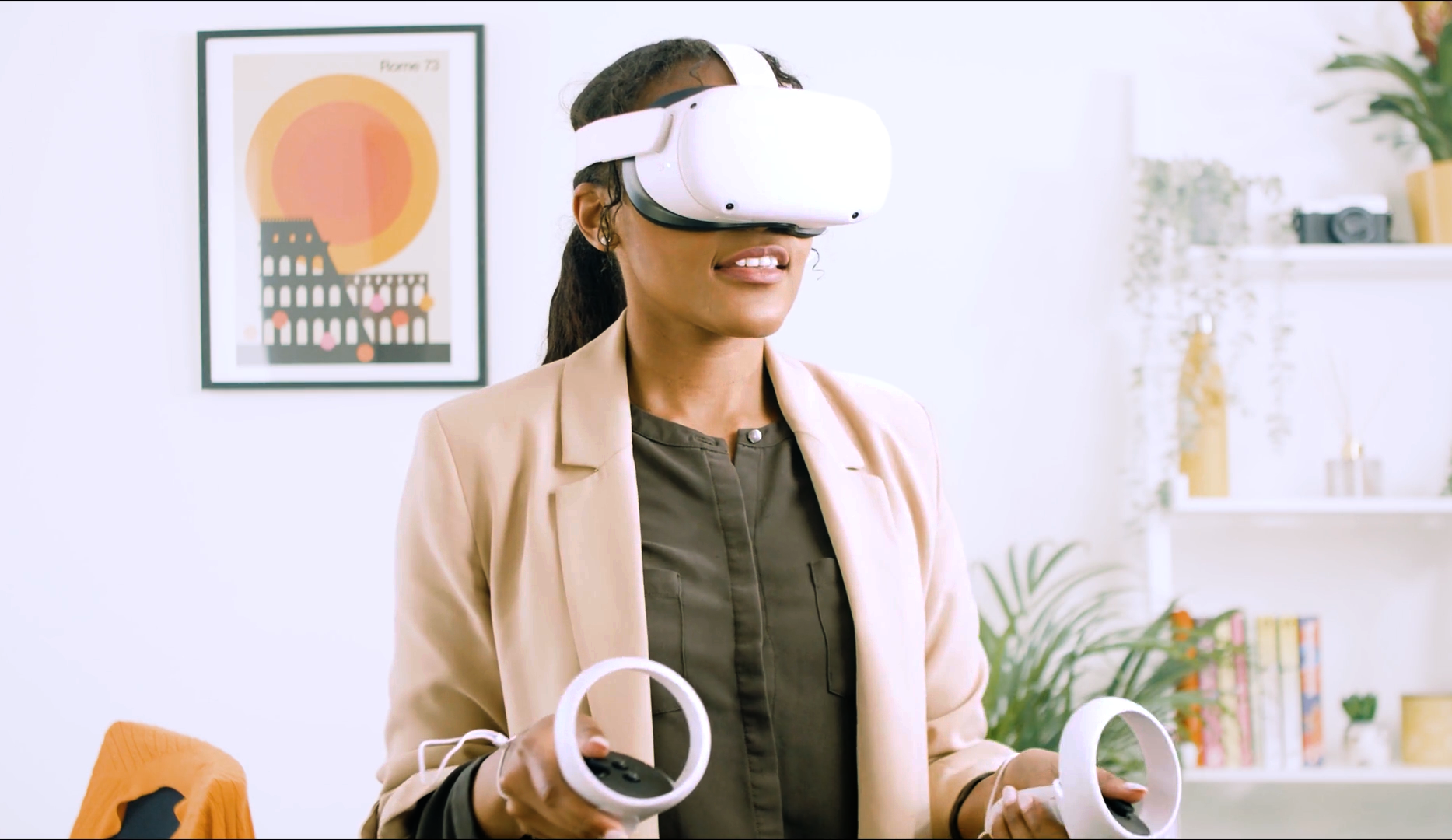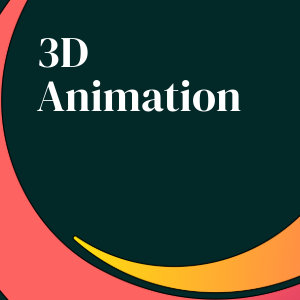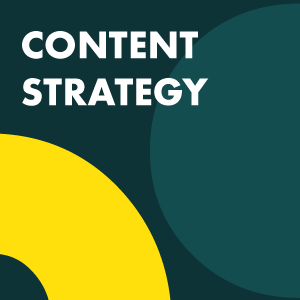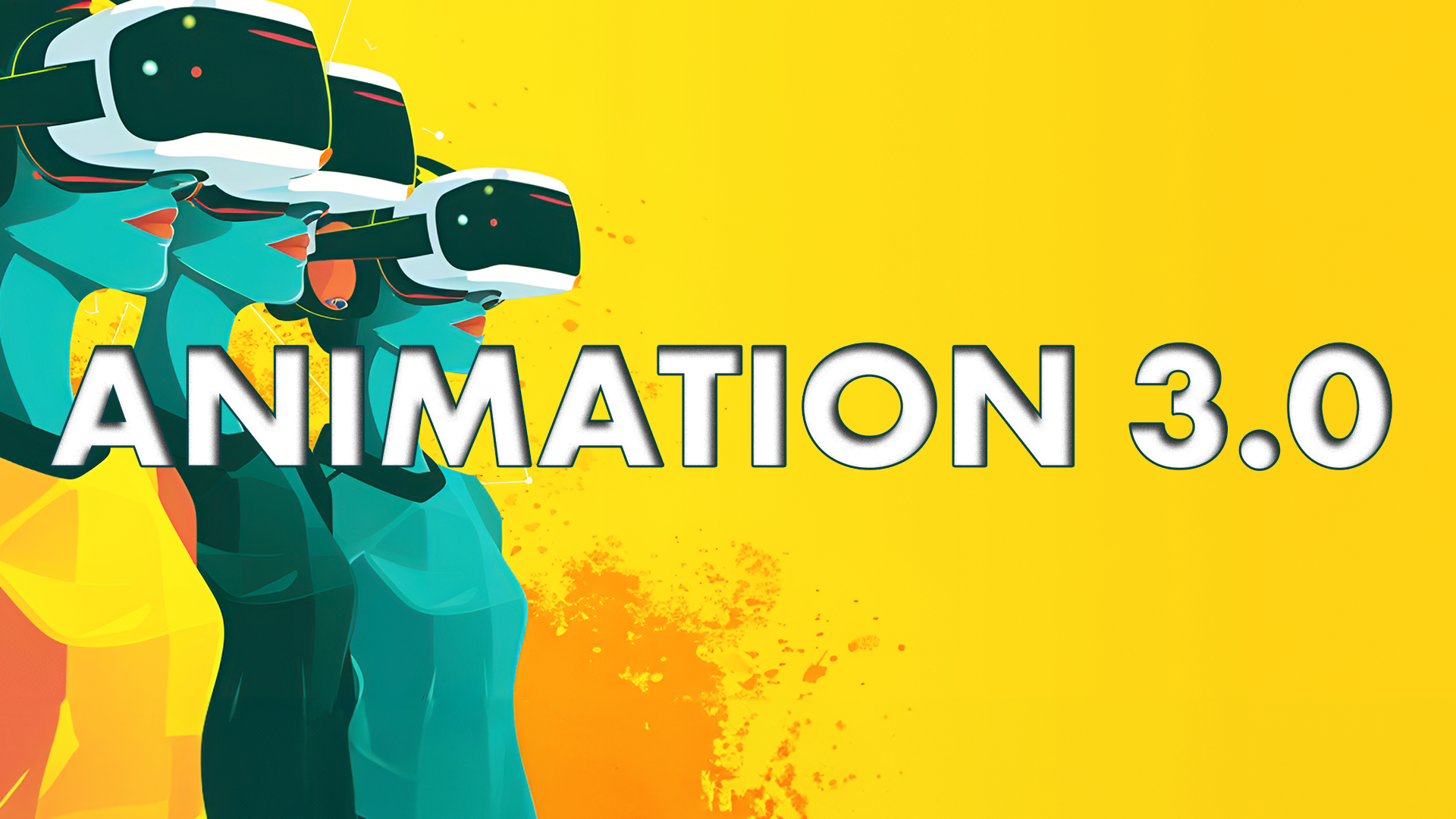
Animation has steadily gained traction as a potent tool in the digital marketing toolkit. Its ability to captivate audiences and bring ideas to life in vibrant and varied ways is unparalleled, making it an invaluable asset in a variety of domains, including marketing campaigns, mobile apps, interactive websites, and event experiences.
This article aims to shed light on the multifaceted role of animation, providing an insightful exploration into the mechanics of HTML5 and WebGL, the transformative impact of augmented and virtual reality, and the promising future of this vibrant medium.
Our journey will be rooted in technical understanding, without losing sight of the creativity and innovation that make animation such a compelling field. We invite you to delve into the world of animation with us, uncovering its complexities, appreciating its potential, and envisioning its exciting future.
Setting the Stage – The Rising Influence of Animation in Modern Marketing and Events
In the realm of modern marketing and event management, animation has emerged from the shadows to take center stage. Its dynamic nature and inherent versatility have propelled it to the forefront of digital communication strategies, proving its worth as more than just a decorative element.
Animation, in essence, is the art of breathing life into static images. It’s about creating a narrative, telling a story, and engaging audiences in ways that simple text or images can’t. This storytelling potential makes animation an invaluable tool for marketers and event planners alike.
In the context of marketing, animation can simplify complex ideas, making them digestible and engaging for the audience. It can transform mundane product demonstrations into immersive experiences, and turn data-heavy presentations into visually appealing infographics. Marketers are harnessing the power of animation to create compelling brand stories, enhance user engagement, and ultimately drive conversion rates.
In the world of events, animation is redefining attendee experiences. From eye-catching installations to augmented reality experiences, engaging interactive animations are used to captivate audiences, enrich their event journey, and leave a lasting impression.
But the rising influence of animation doesn’t stop there. With advancements in technologies like HTML5 and WebGL, the possibilities for incorporating animation as interactive content in marketing and event strategies are expanding at a rapid pace. As we delve deeper into this fascinating world, we’ll explore these developments and their implications in more detail.
Whether you’re a marketer looking to spice up your content marketing strategy, an event planner seeking to create interactive content that will elevate your attendees’ experience, or simply an enthusiast keen to understand the latest trends, this section will provide a comprehensive overview of the growing influence of animation in modern marketing and events.
Can we interest you in a free consultation?
If you are looking for a creative content partner for a single campaign, or a whole series of branded content we’d love to talk.
Breathing Life into Websites – The Power of HTML5 and WebGL for Interactive Content
Over the last few years, HTML5 and WebGL have emerged as two exciting technologies to enable interactive storytelling. Together, they weave a dynamic, interactive experience that transcends the traditional confines of website design.
When considering these web technologies, think of HTML5 as the web-artist’s rule book: a versatile markup language that forms the very skeleton of web content. It is not just as code, but as the very infrastructure of modern web pages—supporting multimedia, ensuring cross-platform compatibility, and allowing for the creation of dynamic, interactive experiences without the need for additional plugins.
WebGL, on the other hand, can be likened to the avant-garde artist who refuses to be limited by the two-dimensional canvas. It is a JavaScript API that leverages the power of a computer’s graphics processing unit, bringing the third dimension to life directly in web browsers. WebGL enriches the interactive painting, giving depth to the HTML5 canvas and allowing users to navigate through 3D spaces, making full use of the z-axis.
While HTML5 provides the canvas and the tools for a masterpiece, WebGL adds layers of depth and complexity, transforming the surface from a mere picture into a world of its own. Both are critical to modern web design but serve different purposes; HTML5 is the starting point for any web content, whereas WebGL is the choice for an experience that extends beyond the flat screen into the realm of interactive 3D graphics.
Examples of each interactive format:
Let’s take a look at how these technologies come to life in the real world. AT&T’s Retail Demo website is an excellent example of HTML5 in action. As you navigate through the site, you’re not just reading about AT&T’s retail solutions – you’re experiencing them. The website uses interactive animations to showcase the potential of their offerings, making for a compelling, engaging narrative.
On the other hand, the Infinitown demo by Little Workshop is a testament to the capabilities of WebGL. In this virtual city, you can explore endlessly, with new buildings and landscapes continuously generated as you move. It’s a captivating example of how WebGL can create endless, immersive experiences on the web.
HTML5 and WebGL are more than just technologies; they’re catalysts for change in the digital landscape. By leveraging their capabilities, we can transform our websites from static pages into dynamic, interactive experiences. This is the power of animation – it’s a tool that brings ideas to life, engages audiences, and ultimately tells a story. As we delve deeper into the world of animation, let’s keep this narrative at the heart of our exploration.
Mobile Magic – The Business of Engaging Apps and Games with Animation Techniques
In the realm of business communication, there’s a powerful tool that’s transforming how brands engage with their audiences, both internally and externally. This tool is the magic of animation techniques in mobile apps and games. Let’s delve deeper into this fascinating world and explore its potential for corporate clients.
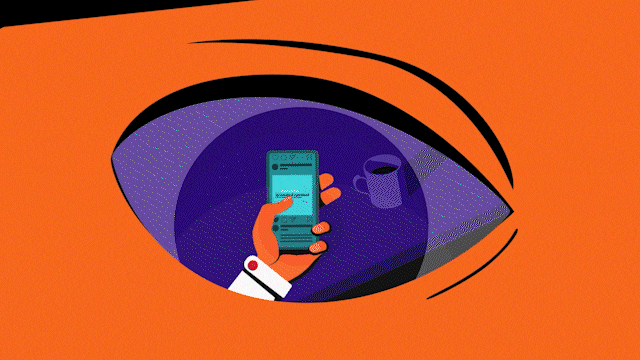
When we think about mobile apps in a business context, we often focus on their functional aspects – delivering services, providing information, facilitating transactions. But there’s another dimension to consider, one that can significantly enhance user engagement – the power of animation.
Animation brings a dynamic touch to mobile apps, making them more interactive and engaging. A simple loading screen becomes a visual delight, a swipe action feels smooth and satisfying, and even something as mundane as a data entry form can be transformed into a playful interaction. These subtle enhancements can significantly improve the user experience, leading to higher engagement rates and, ultimately, better business outcomes.
But the magic of animation doesn’t stop at apps. It extends into the realm of mobile games, opening up a whole new avenue for businesses to connect with their audiences. More and more companies are turning to gamification – the application of game-design elements in non-game contexts – to drive engagement.
A well-designed mobile game can serve as a powerful platform for brand engagement. It allows companies to present their brand story in an interactive, engaging format, turning passive consumers into active participants. Moreover, it provides a unique opportunity to collect valuable user data in a non-intrusive way, offering insights that can inform business strategies.
Let’s consider an internal application. Gamified training apps can make learning fun for employees, using animation to create interactive tutorials, quizzes, and simulations. This not only makes the training process more enjoyable but also improves knowledge retention and application.
In essence, animation techniques in mobile apps and games offer a compelling way for businesses to engage with their audiences. It’s not just about making things move; it’s about creating experiences, telling stories, and building connections. As we navigate the world of business communication, let’s not forget the magic that animation can bring to our mobile screens. Because in this digital age, engagement is everything.
Beyond Reality – The Seamless Transition of Animation into AR and VR Event Experiences
Welcome to the new frontier of digital innovation, where technology transcends the constraints of physical reality, opening up a world of immersive experiences. This is the realm of Augmented Reality (AR) and Virtual Reality (VR), where animation serves as the bridge between our world and the virtual one.
One of clients, TMF Group, extended the functionality of a key product via a VR application. In doing so, TMF KRAIOS ceases to be an app and become a gateway to a virtual universe where users can interact with artificial intelligence in a palpable manner. Equipped with a VR headset, users step into this digital realm and experience AI in action, gaining knowledge through direct interaction. This is the power of VR and animation, working in tandem – a potent combination that serves as an educational tool, a marketing platform, and an engagement driver.
The creation of such a virtual universe is made possible by cutting-edge software like Unity. Unity’s advanced tools and workflows facilitate the translation of animations into interactive VR and AR graphics that evolve continuously, providing developers with the means to take designs and animation and create intuitive interactive user interfaces, and real-world physics simulations. This seamless transition of animation into AR and VR applications has revolutionised the way we engage with digital content.
With new technologies like Apple’s Vision Pro, the potential for AR and VR is expanding at an exhilarating pace. Vision Pro’s real-time object recognition and tracking capabilities open up new avenues for interactive AR experiences. In the future, we could attend virtual events where we can interact with digital objects just as you would in the physical world. This isn’t just progress; it’s a revolution in how we engage with digital content.
In the business arena, these technologies provide an innovative platform for brands to connect with their audiences. Whether it’s a virtual product showcase using Vision Pro or a gamified training module designed with Unity, AR and VR offer businesses a unique opportunity to engage their audience in an immersive and interactive manner.
The Interactive Content Revolution – How Animated Screens are Transforming Audience Engagement
The interactive revolution is a world where animated screens aren’t just displays; they’re dynamic platforms for storytelling, education, and engagement. Let’s explore this fascinating landscape and see how it’s transforming the way we connect with our audience.
In the heart of this revolution lies the power of animation. With its ability to bring complex ideas to life, animation has emerged as a potent tool for businesses across the spectrum. From financial services to construction, from energy and renewables to pharma and healthcare, brands are harnessing interactive animation to connect with their target audience in a more meaningful way.
One compelling example of this is the work done for Holcim by Content Creatures. Holcim, a global leader in innovative and sustainable building solutions, partnered with Content Creatures to create an immersive and interactive video experience.
This wasn’t a typical corporate video. It was an interactive journey through Holcim’s commitment to sustainability, using animation to illustrate the company’s innovative solutions and their impact on our planet. The result was a visually stunning piece of content that not only informed but also engaged the audience, inviting them to be part of Holcim’s sustainability journey.
What made this project so successful? It was the combination of high-quality animation, thoughtful storytelling, and interactive design. The video didn’t just tell a story; it invited the audience to interact with the story, creating a deeper level of engagement.
And this is just the beginning. As technology continues to evolve, the possibilities for interactive animation are expanding at an exciting pace. We’re seeing the emergence of new formats and platforms, from AR and VR experiences to interactive displays and motion branding. Each of these offers a unique opportunity for businesses to engage their audience in a more immersive and interactive way.
In conclusion, the interactive revolution is here, and it’s transforming the way we think about audience engagement. It’s not just about telling a story; it’s about creating an experience. And with the power of animation, we can create experiences that are not only engaging but also deeply meaningful.
Embracing the Future of Interactive Animation in Marketing and Events
As we stand on the precipice of this exciting new era, we can’t help but marvel at the transformative power of animation. It’s a medium that transcends boundaries, breaks down complex concepts, and creates a dynamic bridge between brands and their audiences.
But the real beauty of animation lies not just in its visual appeal, but in its ability to tell a story – to weave a narrative that resonates with viewers on an emotional level. It’s this storytelling potential that sets animation apart, making it a powerful tool in the world of marketing and events.
But as we look towards the future, it’s essential to remember that animation isn’t just a tool; it’s an art form. It requires creativity, innovation, and a keen understanding of your audience. And as technologies continue to develop, so too will how we use animation.
AR and VR are just the beginning. As we delve deeper into the digital age, we’ll see the emergence of new platforms and formats, each offering unique opportunities to engage our audience in more immersive, interactive ways. The possibilities are endless, and the future is bright.
So, let’s embrace this future with open arms. Let’s harness the power of animation to create meaningful experiences that resonate with our audience. Let’s tell stories that inspire, educate, and engage. Because in the end, that’s what great creative content is all about.
If you are interested in hearing how award-winning creative content agency Content Creatures can help bring your interactive content brief to life, why not get in touch?
